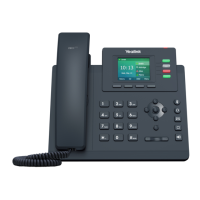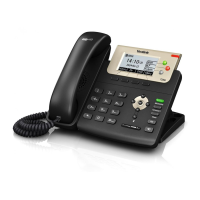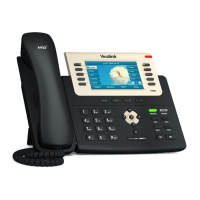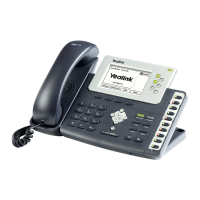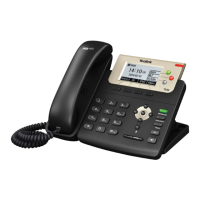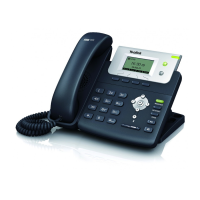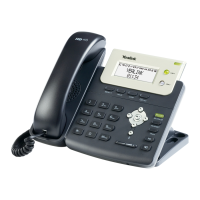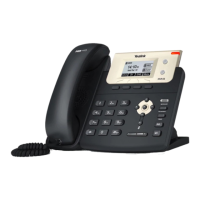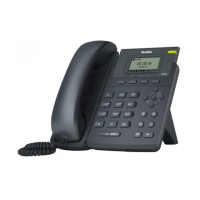Configuring Advanced Features
187
their attributes such as model number, serial number and software revision.
TLVs supported by IP phones are summarized in the following table:
The network address of the IP phone.
The MAC address of the IP phone.
Seconds until data unit expires.
Name assigned to the IP phone.
The default value is “yealink”.
Description of the IP phone.
The default value is “yealink”.
The supported and enabled capabilities
of the IP phone.
The supported capabilities are Bridge,
Telephone and Router.
The enabled capabilities are Bridge and
Telephone by default.
Description of port that sends data unit.
The default value is “WAN PORT”.
IEEE Std 802.3
Organizationally
Specific TLV
MAC/PHY
Configuration/Status
Duplex and bit rate settings of the IP
phone.
The Auto Negotiation is supported and
enabled by default.
The advertised capabilities of PMD.
Auto-Negotiation is: 100BASE-TX (full
duplex mode), 100BASE-TX (half duplex
mode), 10BASE-T (full duplex mode), or
10BASE-T (half duplex mode).
TIA
Organizationally
Specific TLVs
The MED device type of the IP phone and
the supported LLDP-MED TLV type can be
encapsulated in LLDPDU.
The supported LLDP-MED TLV types are:
LLDP-MED Capabilities, Network Policy,
Extended Power via MDI-PD and
Inventory.
Port VLAN ID, application type, L2 priority
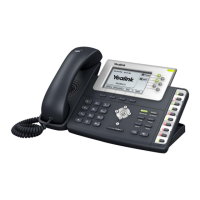
